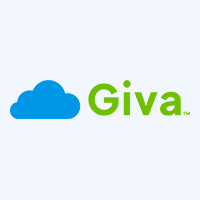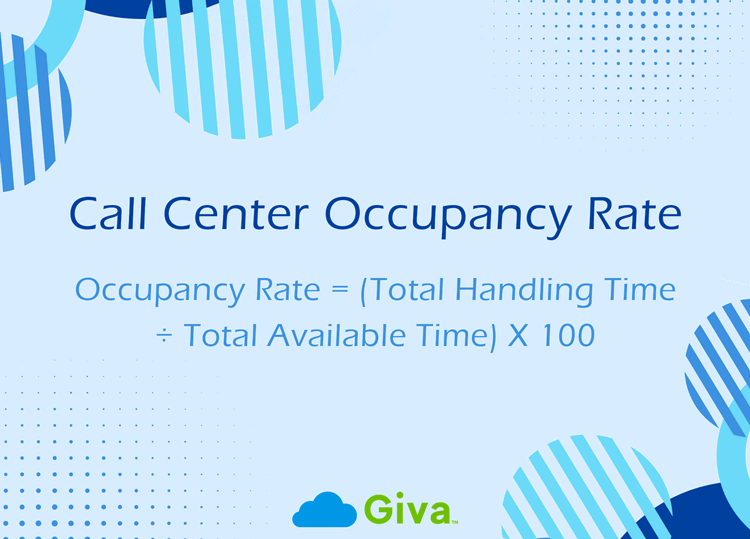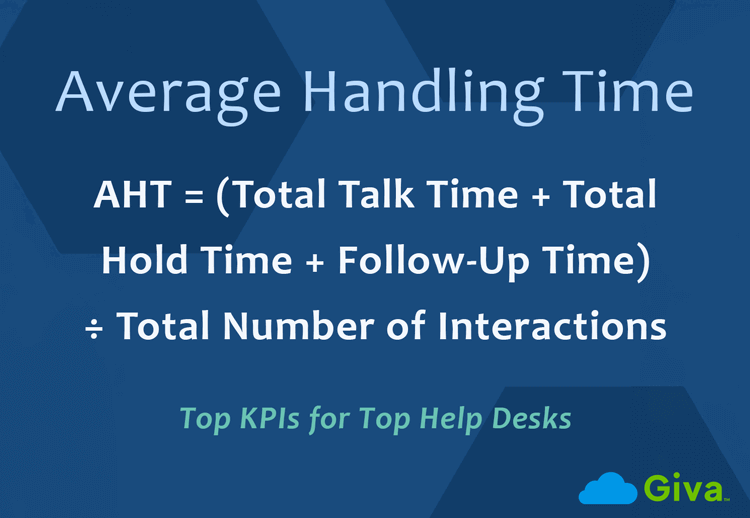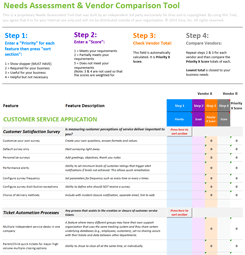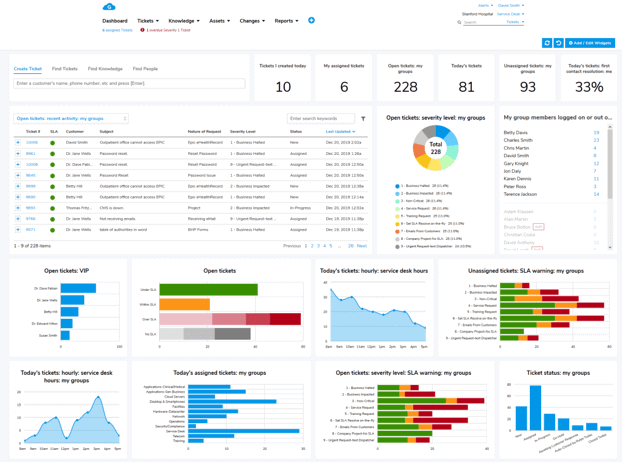After Call Work (ACW) in Call Centers: How to Measure and Reduce Times
Call centers are a vital component of the customer experience. Without them, customers and customer service operations lack direction.
After Call Work (often called call center ACW) is all about what happens after a customer interaction; the notes, Customer Relationship Management (CRM) updates, scheduled follow-ups, and more. It's the process that fuels call center efficiency and ensures each interaction builds on the last.
In this guide, we will review what ACW is, how it's measured, strategies to improve it, and how modern tools and software can help.
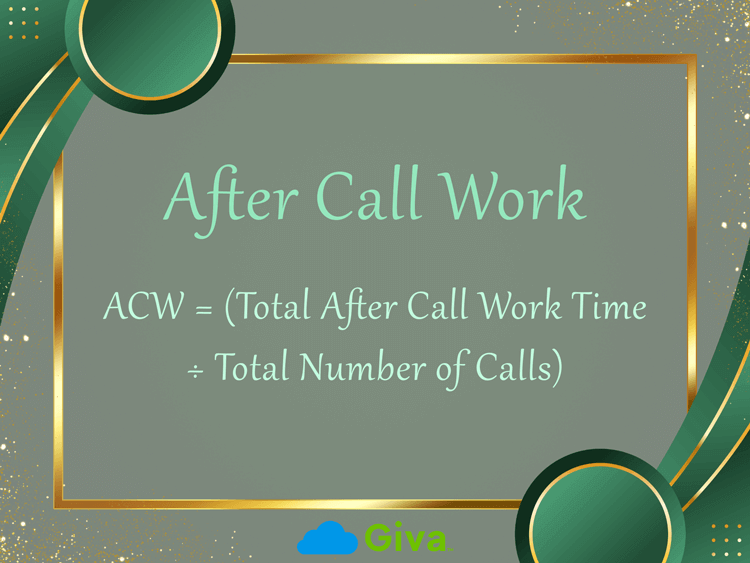
What Is After Call Work in a Call Center?
Once a call or chat ends, ACW kicks in. After Call Work is the time when call center agents enter notes, update customer records in CRM systems, log call outcomes, and schedule follow-ups. The work done after a call ensures continuity in future conversations and better record keeping. It also creates a record agents can use when helping customers with similar issues. Skipping this step may feel faster in the moment, but it leaves out critical information that can improve efficiency in the long run.
For call center managers, ACW is a key metric for judging productivity and average handling time. That said, it's natural to wonder if this process slows operations down, especially in a busy call center. The truth is, it's about finding balance.
Many call centers now use AI-powered software to reduce data entry and send notes straight to CRM systems. For example, Giva's Customer Service Software reduces ACW through AI ticket summaries, automated workflows, and integrations that keep records up-to-date. Real-time dashboards give managers a clear view of productivity and performance.
While ACW can feel like "extra work," too little attention to it can lead to incomplete records, compliance gaps, or poor service handoffs.
ACW vs Wrap-Up Time vs Hold Time
Common support "phrases" sometimes can be confused with others. After Call Work sometimes is, with similar terms like Wrap-Up Time and Hold Time. Here are the differences:
- After Call Work (ACW): As noted above, this covers all post-interaction tasks, such as entering notes, updating CRM records, or scheduling follow-ups.
- Wrap-Up Time: While often referred to as the same thing as ACW, in more modern call center situations, this refers only to a pre-configured time before the call monitoring software automatically marks the agent as "available" again to take another call. The distinction is that this is system controlled, whereas ACW timespans occur based on the work the agent needs to perform.
- Hold Time: This happens during the live interaction when a customer is placed on hold. Unlike ACW, this counts toward the call itself, not after it.
Calculating After Call Work (ACW) and Formula
So, we've established that ACW is measured as the average amount of time an agent spends completing tasks after a call ends. The calculation is as simple as it sounds - check it out:
ACW = (Total After Call Work Time ÷ Total Number of Calls)
This number is often included in the larger calculation for average handle time (AHT), which also factors in talk time and hold time.
Why does this matter? Tracking ACW is a key part of monitoring overall call center performance.
Call Center ACW Benchmarks
Where should you be? Industry benchmarks suggest average ACW is about 45 seconds per call, though complexity and industry can push that higher (Ozontel).
That said, most contact centers aim for ACW times of 30 seconds to 2 minutes, depending on complexity. High ACW may indicate workflow or knowledge gaps, while lower ACW can demonstrate efficiency. However, if ACW is too low, it could be a warning sign that records aren't being completed in full.
Industry Benchmarks for Call Center ACW
To offer some more specifics, here is a breakdown of benchmarks for a few different industries. These ranges reflect task complexity and compliance requirements:
- Retail and E-commerce: ~30–45 seconds for simple transactions
- Technical Support: ~1–2 minutes due to complex troubleshooting
- Healthcare: ~2+ minutes due to any requirements for documenting because of HIPAA compliance
ACW is just one of many important metrics. If you'd like to dig deeper into other performance measures, check out our guide on the Top 12 Mission-Critical Call Center Metrics.
How to Improve Processes and Reduce After Call Work in Call Centers
-
Standardize Workflows and Processes
Standard operating procedures and templates give agents clear direction. They make it easier to finish post-call tasks quickly and confidently. Standardization keeps everyone on the same page so nothing gets missed in the rush to take the next call.
-
Train and Coach Agents for Efficiency
Ongoing training gives agents the confidence to wrap up calls accurately and without hesitation. Coaching should be frequent and practical. Focus on shortcuts, best practices, and real examples from daily work and the industry as a whole.
-
Provide Macros, Templates, and Knowledge Bases
Ready-made responses and a searchable knowledge base cut down the time spent writing notes or hunting for details. These tools make ACW faster and help ensure customers get consistent, accurate information.
-
Leverage Customer Relationship Management (CRM) Integrations and Automation
Linking your CRM with call center software automates tedious tasks like logging outcomes and scheduling follow-ups. The less manual typing required, the faster ACW can be completed without sacrificing accuracy.
-
Adopt AI-Powered Tools
AI can auto-summarize calls, suggest outcomes, and recommend next steps. This takes the extra "brain power" off agents' plates. It also gives managers better oversight through built-in call center reporting and analytics.
-
Monitor and Set Realistic Targets
Monitoring ACW can reveal inefficiencies. It also helps managers set expectations that are fair and achievable. The goal isn't just to lower the number, it's to balance quick wrap-ups with thorough documentation.
For example, a team averaging under 20 seconds might be skipping details. A team closer to a minute may be providing better records that improve follow-ups and training.
If you'd like to see how ACW connects to broader performance tracking, check out our post on Call Center KPI Benchmarks by Industry.
-
Encourage Agent Feedback
Agents are closest to the work and know what slows them down. Asking for their input uncovers friction points, speeds adoption of new processes, and reveals small fixes that matter.
Benefits of Improving ACW in Call Centers
-
Higher Agent Productivity
ACW might be seen as that "short term pain for long term gain" type tactic. When the process is strong, agents work more efficiently. They spend less time on repetitive tasks and more time handling calls. Detailed ACW can ensure agents are prepared for similar scenario-types or customers following up on previous issues.
-
Improved Customer Satisfaction
In many cases, a frustrated customer that needs to repeat themselves is just asking for an interaction gone wrong. As we alluded to above, thorough records make future interactions smoother and more personalized. Customers will appreciate how in-tune you are to what they are calling or emailing about. This could also lead to increased customer loyalty.
-
Reduced Operational Costs
Streamlined ACW saves time. It can lower labor costs by making better use of existing employees and software. Reporting and analysis become more efficient, reducing the need to hire more staff or buy extra software licenses.
-
Better Reporting and Compliance
Accurate documentation strengthens call center reporting and ensures compliance with industry regulations. This can include requirements like HIPAA in healthcare, GDPR or CCPA for data privacy, and PCI DSS in finance. Thorough records make audits smoother and reduce the risk of penalties.
-
Lower Burnout and Higher Morale
When ACW is manageable, call center agents feel less stressed and more supported. It isn't realistic for call center managers to ask agents to complete long reports after each call and still take a high number of calls per shift. The ratio of calls to ACW should be proportionate, and the call center should look at employing tools to automate ACW wherever possible. When the process is well-balanced, you create a better work environment and reduce employee turnover.
How Tools and Software Can Help With ACW
-
Automated Data Entry
The more typing agents do, the slower they move. Tools that auto-fill customer details, log outcomes, and sync notes into CRM systems cut out that wasted time. This means fewer errors and faster wrap-ups for call center agents.
-
AI-Powered Summaries
AI can turn a call into quick notes, flag follow-ups, and sort conversations into categories. That's less work for agents and more insight into call center efficiency for managers. Everyone gets the information they need without slowing down.
-
Integrated Knowledge Bases
When software connects to a knowledge base, agents don't waste time digging for answers. They can pull up articles, scripts, or troubleshooting steps right away and drop them into their notes. This keeps call center operations running smoothly, while customers get consistent, accurate information.
-
Real-Time Reporting and Dashboards
Built-in call center reporting gives managers a live view of ACW times, performance trends, and compliance risks. Instead of waiting for weekly updates, they can spot bottlenecks right away and intervene to coach in the moment.
-
Workflows and Automation
Workflows automate routine jobs. That includes routing tickets, flagging urgent issues, and scheduling follow-ups. They give call center agents more time to focus on the customer instead of the system. For managers, automation ensures consistency by tracking every interaction and preventing skipped steps.
How Giva Improves ACW in Your Call Center
Giva's Customer Service Software makes ACW easier without cutting corners.
- AI-generated ticket summaries reduce manual note-taking
- Ticket macros speed the finish-up work of tickets
- Real-time dashboards give managers a clear view of call center performance and compliance
The end result: stronger call center efficiency and better customer relations, all with less stress on your team.
Ready to experience the difference? Get a demo to see Giva's solutions in action, or start your own free, 30-day trial today!
Bringing It All Together: Smarter After Call Work
After Call Work is more than a box to tick at the end of a call. It's the process that keeps call center operations on track and improves call center productivity. It also strengthens the overall customer experience. When ACW is done right, agents are faster, customers feel heard, and compliance doesn't slip. Managers also gain the insight they need to raise call center performance.
The good news? Modern tools powered by automation and AI make this possible. They eliminate repetitive tasks, auto-summarize conversations, and provide real-time call center reporting. That balance of speed and accuracy turns ACW from a pain point into an advantage, not just for the contact center, but for the business as a whole.
If you'd like more context on where the industry is headed, explore our roundup of the Top Call Center Statistics for 2025.
FAQs for After Call Work in Call Centers
-
What is a good After Call Work (ACW) time?
Most call centers aim for 30–120 seconds depending on complexity. Retail and e-commerce calls often fall under 45 seconds, while healthcare and technical support calls may take longer due to complexity and documentation requirements.
-
How does ACW affect Average Handle Time (AHT)?
ACW is one of the three parts of AHT, along with talk time and hold time. The more efficient your ACW is, the more you can lower overall AHT without reducing quality.
-
Can After Call Work be fully automated?
Not entirely. AI and CRM integrations can summarize calls, log details, and suggest next steps, but human input is still needed to capture details and ensure accuracy. The best approach is a mix of automation and agent interaction.
-
How does ACW impact customer satisfaction?
Strong ACW prevents customers from repeating themselves on future calls. Thorough notes and follow-ups make interactions feel seamless, leading to higher customer satisfaction and stronger loyalty.
